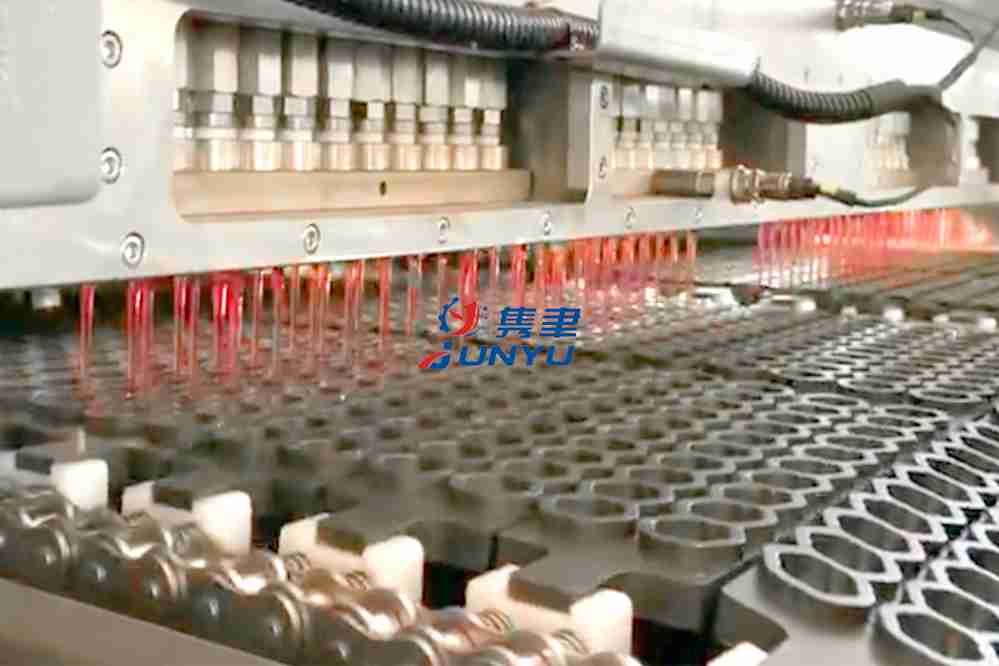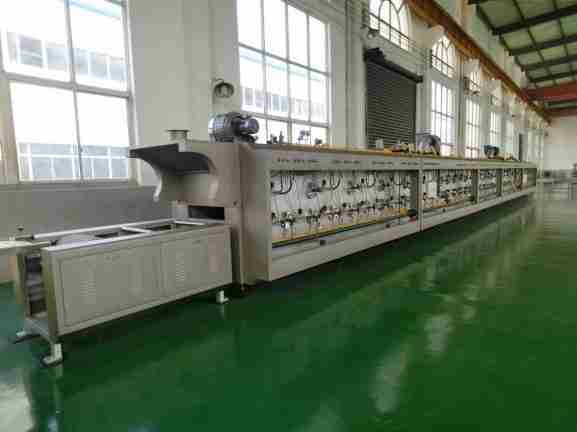Les pigments cosmétiques sont utilisés dans la fabrication du maquillage du visage. Cependant, peu de gens savent comment ces pigments sont fabriqués. Vous vous demandez peut-être qui fabrique ces pigments, d'où ils viennent et dans quelle mesure ils sont sans danger pour votre santé. Lisez la suite pour en savoir plus. Après avoir lu cet article, vous devriez être en mesure de répondre à ces questions vous-même. Cet article couvre tous ces sujets et bien plus encore.
Fabricants de pigments cosmétiques
La demande de pigments cosmétiques a augmenté dans le monde entier en raison de l'augmentation de l'utilisation des produits de soins personnels et des cosmétiques. Cependant, certains défis se posent, notamment des normes mondiales strictes et des problèmes réglementaires dans les pays en développement. Markets estime que le marché mondial des pigments cosmétiques vaudra 790 millions de dollars US d'ici 2024. Les fabricants de pigments cosmétiques se concentrent sur l'avenir, dans le but d'ajouter des couleurs vives aux propriétés fonctionnelles améliorées à leurs produits.
La FDA réglemente les matières utilisées dans les produits cosmétiques. Ces matières comprennent les pigments organiques, naturels ou autorisés. Les pigments inorganiques sont ceux qui ne contiennent pas de pigments, comme l'oxyde de fer et les colorants noirs. Les pigments inorganiques, en revanche, ont un type de structure chimique différent et ne peuvent être utilisés que dans les produits cosmétiques. La Food and Drug Administration a des règles strictes concernant les produits cosmétiques et autorise uniquement l'utilisation de pigments approuvés.
Sources de pigments
Les fabricants de cosmétiques utilisent une grande variété de colorants pour différents types de cosmétiques, notamment inorganiques, organiques et synthétiques. Les pigments organiques sont fabriqués à partir de goudrons de houille et les colorants synthétiques sont créés à partir de produits chimiques. Les pigments inorganiques sont insolubles dans l'eau, mais sont plus brillants et durent plus longtemps que les colorants organiques. La plupart des colorants cosmétiques sont des pigments. Pour fabriquer un produit cosmétique d'une certaine couleur, il doit être suffisamment pur et approuvé par la FDA ou la directive européenne 76/768/EEC.
Les pigments nacrés sont fabriqués à partir de mica, de coquilles de perles ou d'azurite, un minéral à base de cuivre. Ils peuvent passer du bleu au vert ou au noir selon la taille de la poudre. Plus la poudre est fine, plus la couleur est claire. Le prix de l'azurite était nettement inférieur à celui du lapis-lazuli au Moyen Âge, et le grand peintre Albrecht Dürer comptait sur l'azurite locale pour ses plus beaux bleus.
Fonction des pigments cosmétiques
Un produit de beauté fonctionnel utilise une variété de couleurs pour créer un look unique. Les boules de couleur cosmétiques sont l'un des outils les plus courants utilisés pour fabriquer ces produits. Les boules de couleur cosmétiques ont de nombreuses fonctions différentes. Ces boules sont utiles lorsque le pigment utilisé dans le produit doit être mélangé à d'autres pigments avant de pouvoir être emballé. De plus, les boules de couleur cosmétiques aident à créer une couleur uniforme pour le produit fini. Les boules de couleur cosmétiques sont également utiles dans les applications de synchronisation labiale, car la couleur de ces produits peut ne pas être la même à chaque fois.
Ces billes sont nécessaires à la fabrication de la plupart des produits cosmétiques. Elles sont utilisées dans le processus de mélange de différentes substances, notamment des liquides à base d'huile et des liquides à base d'eau. Elles sont également utilisées pour la dispersion et la suspension de pigments dans la phase huileuse. Dans les billes de couleur cosmétiques, les deux phases d'un cosmétique sont mélangées afin de produire la couleur et la texture souhaitées. Elles sont très importantes dans le processus de fabrication des cosmétiques et sont essentielles pour la qualité finale du produit fini.
Sécurité des pigments cosmétiques
Les fabricants de cosmétiques utilisent plusieurs ingrédients pour créer leurs produits. Dans une usine, les employés entrent en contact avec des matières potentiellement dangereuses lorsqu'ils réparent des machines, déplacent des lots et versent des ingrédients. De plus, les scientifiques qui travaillent sur de nouveaux produits peuvent être exposés à des particules lors de la recherche et du développement. Pour cette raison, les fabricants doivent examiner et prendre en compte attentivement la sécurité des ingrédients qu'ils utilisent afin de garantir le plus haut niveau de satisfaction de la clientèle.
Bien que ces couleurs puissent varier en pourcentage, elles sont toutes très différentes. Les pourcentages varient de 0,1 à 99 % en masse. La plage préférée est de 1 à 80 %. Cela garantit la sécurité du produit. Les billes de pigments cosmétiques colorées fabriquées en usine sont souvent constituées d'ingrédients naturels ou sont spécialement formulées pour être non toxiques. Les informations suivantes aideront à garantir la sécurité des pigments utilisés dans les cosmétiques.





